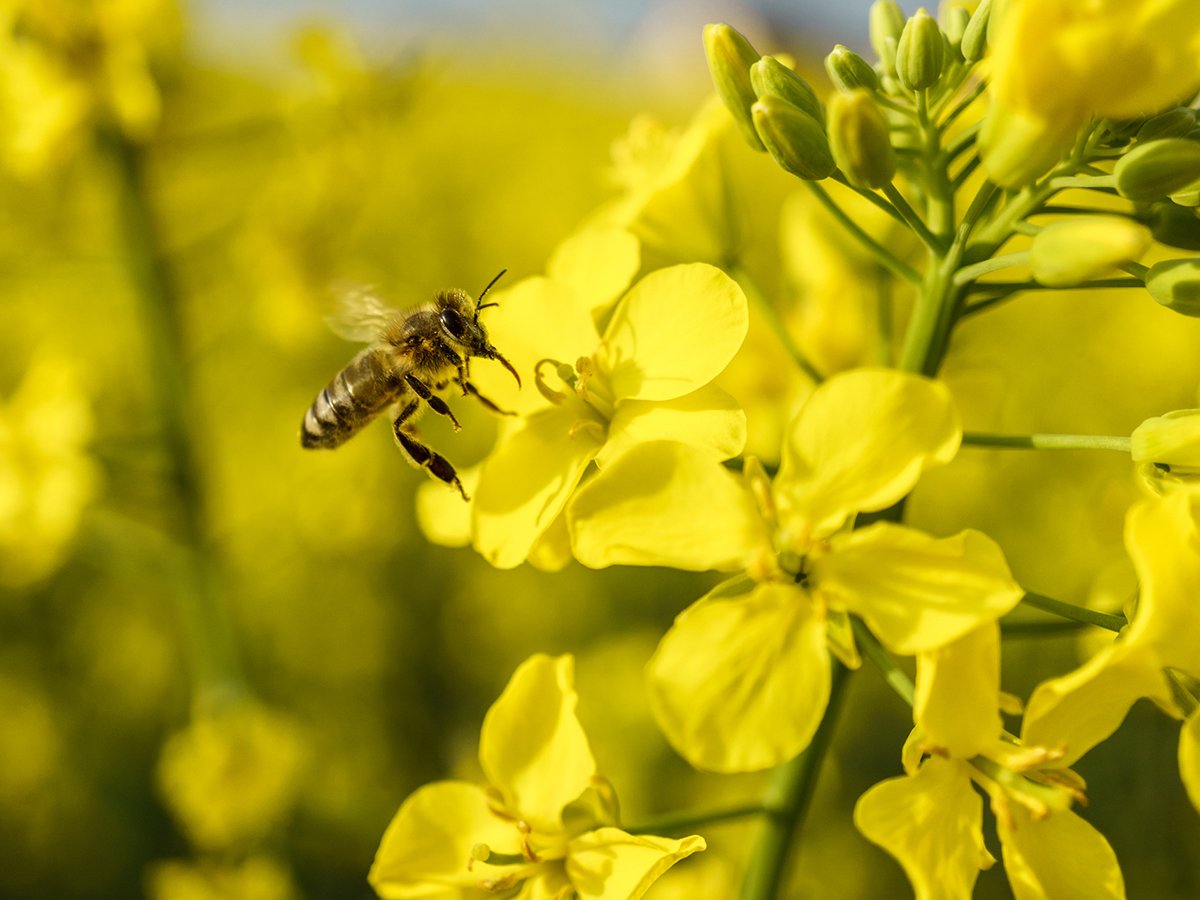Mussell is a senior research associate at the George Morris Centre in Guelph, Ont. Hedley is an independent consultant.
In the Nov. 6 issue of The Western Producer, it was asserted by Gordon Quaiattini, president of the Canadian Renewable Fuels Association, that biofuel plants are good for the livestock industry.
Few things could be further from the truth, and sufficient misinformation exists on this topic that an outline of the economic logic of biofuel and livestock is warranted. Nowhere is the case stronger than in Western Canada, where one can argue that ethanol production undermines the essential competitive nature of livestock and meat production.
Read Also

Invigor Gold variety viewed as threat to condiment mustard
Invigor Gold, the canola-quality mustard developed by BASF, is on a collision course with Canada’s condiment mustard industry. It’s difficult to see how the two can co-exist.
Western Canada has always produced far more grain than is consumed locally; livestock production in the West is based on surplus feed grains, mostly feed wheat and barley. When the Crow freight subsidy and feed freight assistance were eliminated, the full effect of the export basis for feed grains was felt at prairie elevator points.
That is, the feed grain prices in Western Canada fell below the prices at export destinations by the amount of transport and related costs of movement.
Founded on this export basis in the feed grain price relationships, the rational response was to convert the relatively cheap grain into livestock and meat, which could more readily cover the costs to export destinations. And so it was that cattle and hog production, and beef and pork production, began to increase rapidly after the mid-1990s, leveraging the export basis for feed grains, and demonstrating an export basis in livestock and meat markets.
The export basis for livestock and meat prices combined with the export basis for feed grain prices provided the underlying economics for the livestock industry expansion.
Today, we sit on the cusp of massive developments in subsidized ethanol production. The effect of this is that these plants gobble up increasing volumes of feed grains. This chips away at the export basis for feed grains, which serves as the platform for a cost-competitive western livestock segment. With imports of U.S. corn already coming into Western Canada for feed, just as in 2002-03, one must question how much grain can be reallocated to ethanol production before we require imports.
When that happens, the price basis for feed grains will flip to an import basis.
This means feed grain prices in Western Canada will represent the price of grain in the United States, plus the transport and related costs of importation. The result is that the livestock industry faces import basis for its feed grains and export basis for livestock and meats, substantially squeezing the margins on both the livestock and meat processing industry.
The underlying economic rationale for an export-based livestock and meat processing industry in Western Canada will be lost.
But just a minute, doesn’t ethanol production generate dried distillers grains (DDG), a valuable feedstuff, and isn’t anything that generates more DDG a good thing for livestock?
Indeed, we have shown that DDG is significant in mitigating feed price increases; it can be a high quality feed. But the point here relates to relative prices of feed grains – increased ethanol production will strengthen the basis for feed grains even as it makes DDG more available.
DDG does not substitute in an even proportion to grain in livestock feeding diets. The upper limit on DDG is around 20 percent of dry matter to hogs and as much as 30 percent for cattle. While more available DDG is an advantage, it comes at the cost of a stronger basis for feed grains, which have essentially no limits on inclusion rates in livestock diets.
Therefore, there is no way that the effect of more available DDG could outweigh the strengthening in the basis for feed grains.
We have measured the effects of ethanol expansion in Ontario on livestock and meat production, and the potential adjustment and resulting loss is staggering. This does bear analogy to Western Canada.
As more and more corn is allocated to ethanol, Ontario quickly runs short of locally produced corn for hog and cattle production. Imports of corn to meet the expanded Ontario demand automatically shift feed grain prices in Ontario to an import basis, imposing substantially smaller margins on the cattle and hog industries which operate on an export basis for cattle, hogs and meats.
The clear implication is that red meat production will decline in Ontario, until production levels resemble domestic/local demand only. This adjustment process is already underway. Our calculations suggest a reduction of 65 to 70 percent in hog and cattle marketings from 2003-07 average levels, valued at forgone profitability of between $84 and $92 million per year.
This is without considering the returns from ethanol production and the subsidies that finance the plants, nor the reduction in asset value for the livestock feeding and meat industry.
Thus, to suggest that ethanol production is somehow a good thing for the livestock and meat sector ignores some simple facts.
There is only so much feed grain available for feeding, and when a new and subsidized industry arrives on the scene that makes ethanol out of it and we start to run out, we will need to import.
When we must import the feed grains to feed the livestock, the cost of feeding livestock and producing meat will increase relative to our competitors elsewhere.
Given that we compete on costs, our competitiveness in livestock and red meat will suffer greatly, perhaps irreparably, as we develop ethanol. And we should care because the western Canadian economy has a highly developed industry and employment base dependent on producing and exporting livestock and red meat.
Once packing plants in Canada are lost, the added value in the industry is gone and the potential reopening of the plant becomes highly suspect. The attempts at expansion of red meat plants after May 2003 clearly demonstrate the tremendous difficulties in startup plants.
There is no way that ethanol should be construed as a good deal for livestock or for Western Canada.














